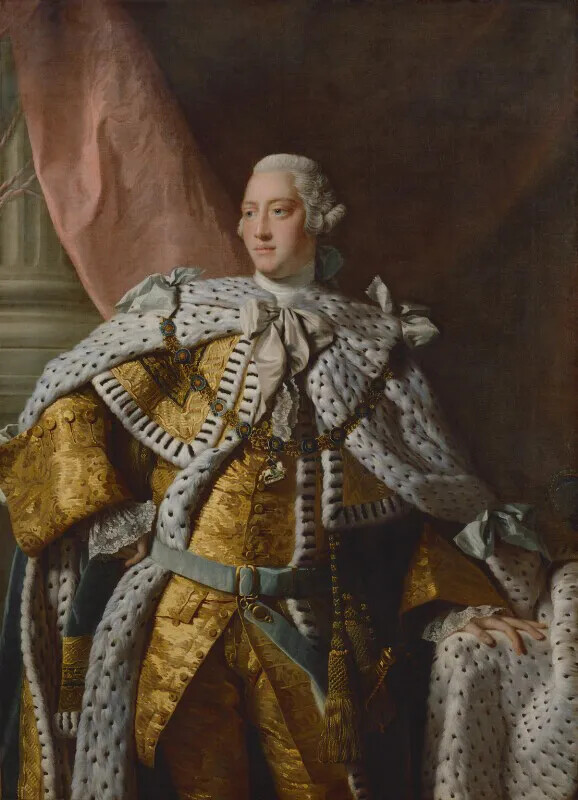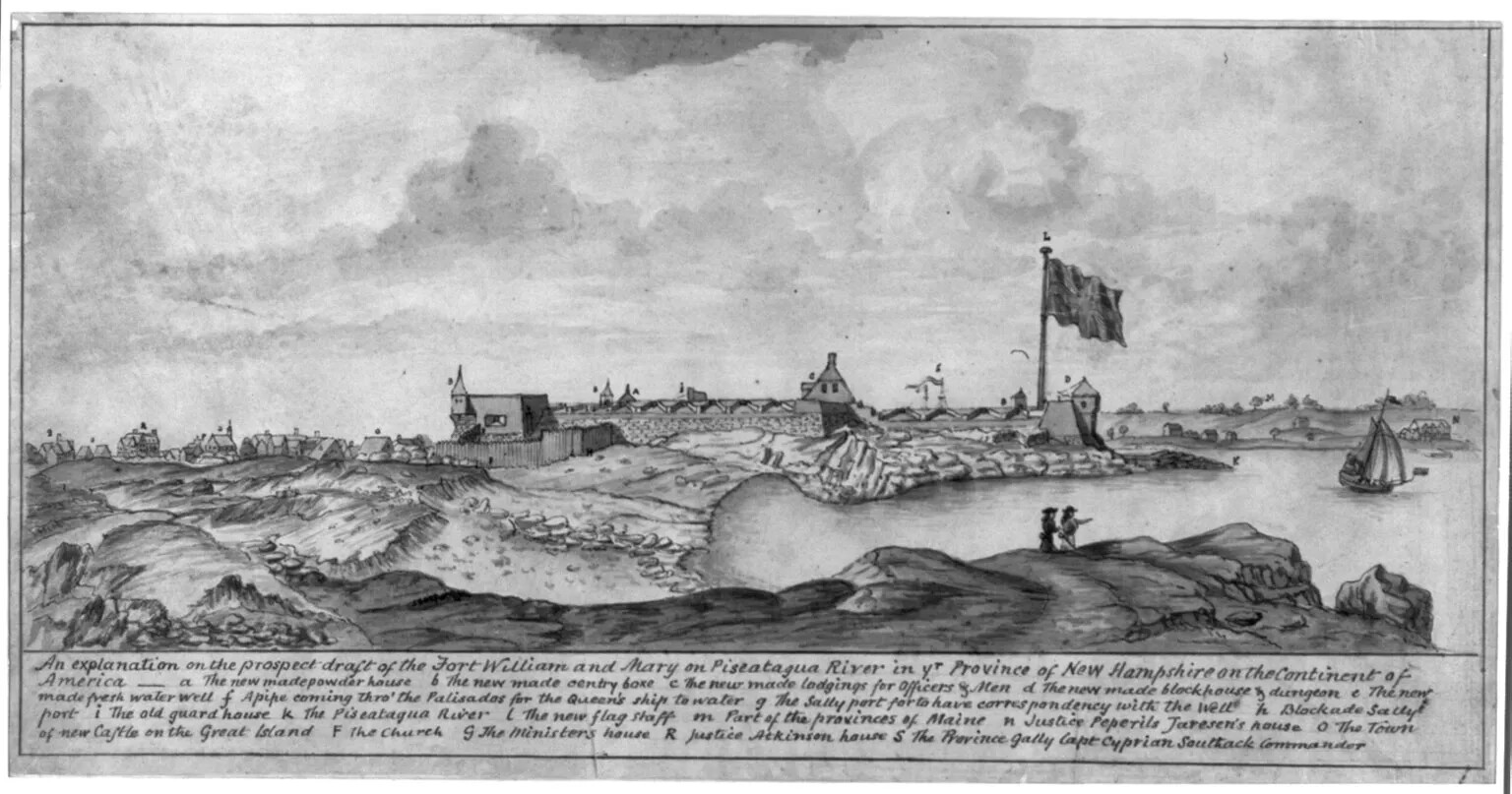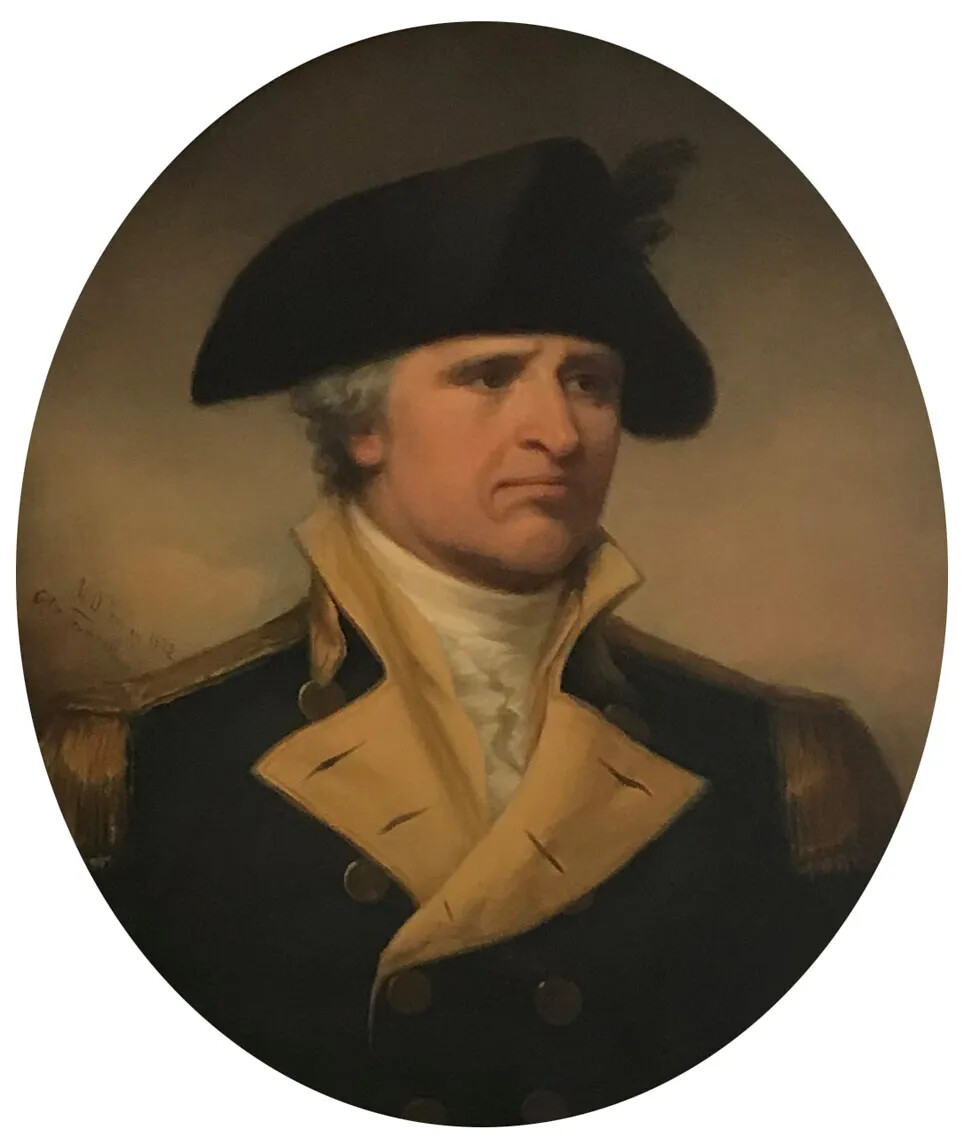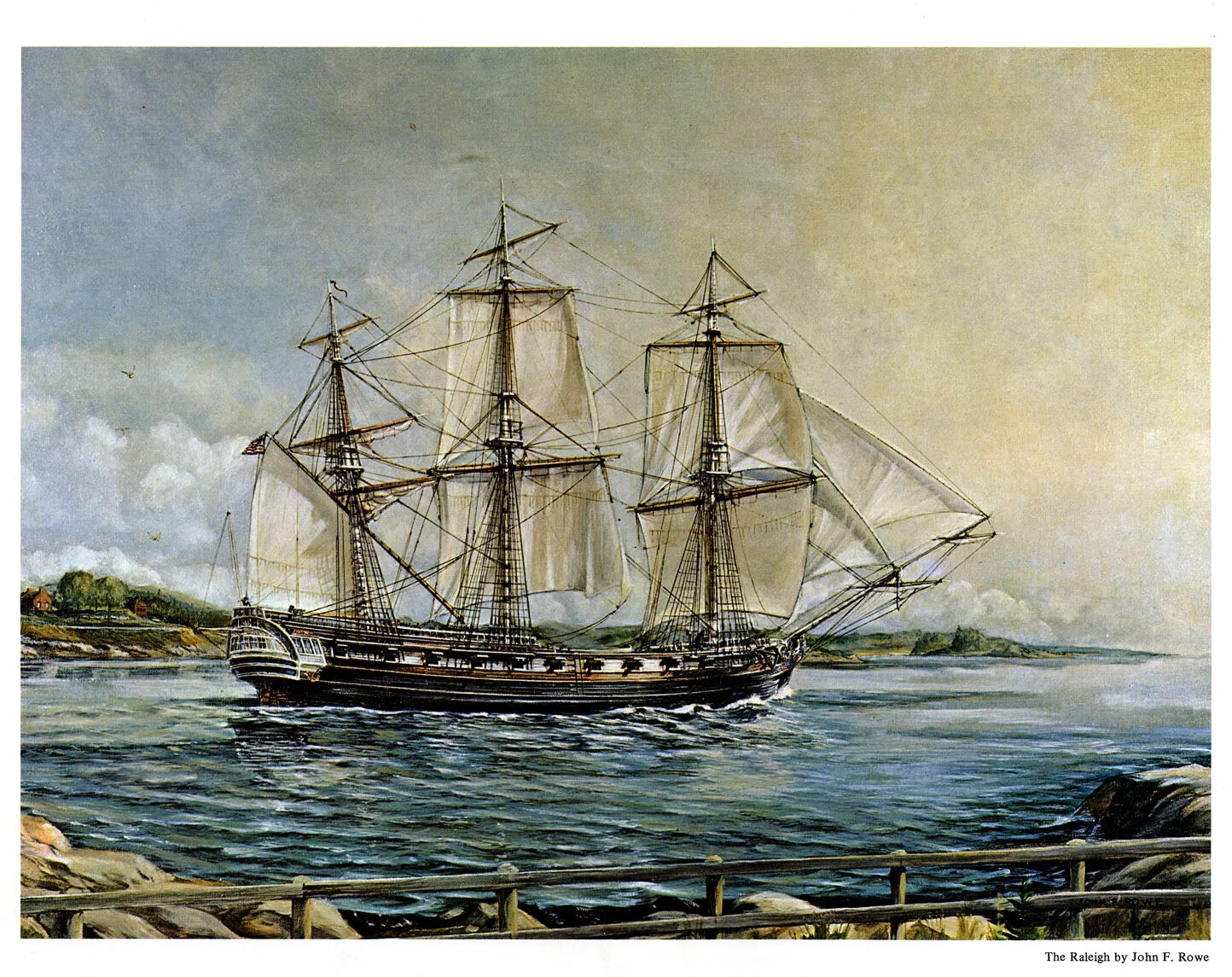New Hampshire and the American Revolution
How did America go from being part of the British Empire to being its own country? For many, many years, Americans were proud to live in a place that was part of Great Britain. But then, starting in the 1760s, Americans began to grow angry with the way the British ruled them. The Americans wanted to govern themselves, but the British wanted to keep making the laws that the Americans had to live by.
As you learn more about New Hampshire and the American Revolution, ask yourself the following questions:
- Why did people in New Hampshire want to become independent from Great Britain?
- How did different voices shape the American Revolution in New Hampshire?
- How did the people of New Hampshire participate in the American Revolution?

























































